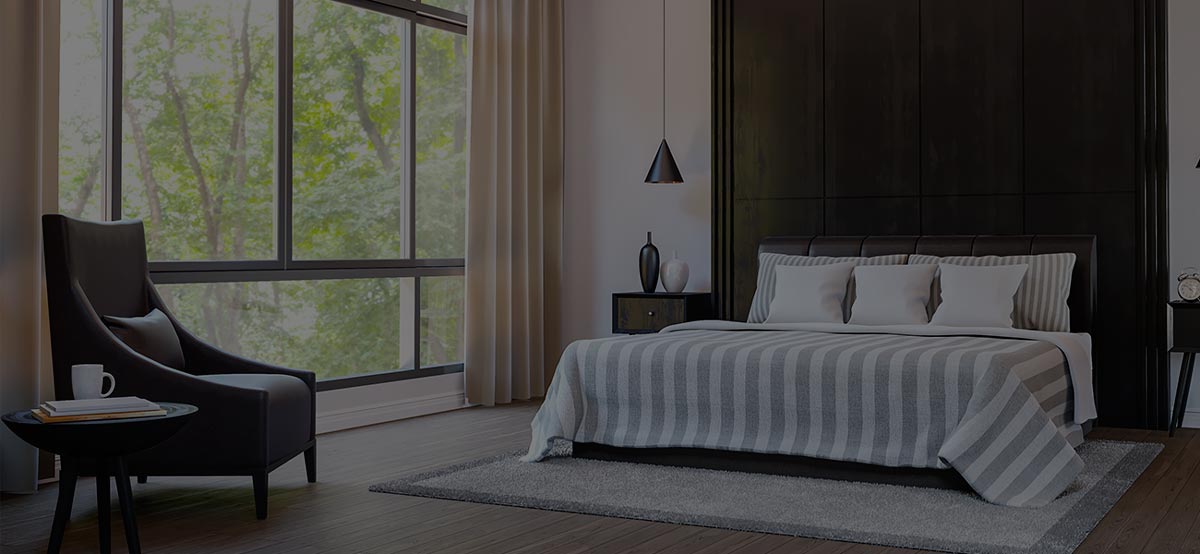Hashing out space requirements and deciding on decorative elements is a huge part of your job as an interior decorator. While some spaces, such as small bathrooms, are relatively easy to upgrade and beautify, oversized spaces will prove much more tricky.
Large rooms are especially tough to work with, as many clients long for a cozy space but the room suffers from high ceilings and too much wall space. As the interior decorator, you’ll need to have solutions at the ready in order to make each room feel balanced and comfortable so it meets your client’s needs.
Read on for an ultimate guide to oversized rooms, and be prepared to delight your clients with some transformational changes!
Too much space
Professional interior decorators see things as they are, and know that they need to work with a space as it currently is. Oversized rooms are one of the most common complaints from design clients. If a client feels that their living room is too large, it won’t be a welcoming and cozy space for them to relax and “live” in. Unfortunately, this is the way the home was designed. You’ll need to use your trained eye to find ways to make the room feel smaller, and use carefully selected decorative elements to fill the space
Before making any decisions about what needs to change, assess the architectural elements such as the height of the ceiling, the shape of the windows, and the general scale of the room. It’s helpful to create a checklist to determine why the room isn’t working, as this will help guide your next steps as an interior decorator.

It is also extremely important to take the time to assess your client’s needs—how do they want the space to look and feel once you’ve completed your work? Take careful notes of what their expectations are, and allow this to guide your designs.
Start with color
It’s no secret that the right colors will make a room stand out, as well as create desirable illusions. As an interior decorator, you’ll work with clients who are hesitant when it comes to adding color into their living spaces—change can be difficult, after all!
However, it’s important to offer your client concrete examples of how color will actually create a cozier, more welcoming atmosphere in their oversized space. You need to show them how you plan to use it as a home design professional.
Darker colors such as chocolate brown, navy blue, and burgundy will make a room feel more intimate and cozy, which are likely desirable features for a client with an oversized space. You’ll need to explain the benefits of bold walls to your client ahead of time, as it is a brave step to take. But walking them through the process, and then creating a more welcoming living space, will show them your expert interior decorating skills!

Fill the walls
Oversized rooms often suffer from a lot of empty wall space, which is one of the easiest issues to fix! While pushing couches and chairs along the walls of a room will create space, pulling furniture towards the center of the room will allow for a cozy arrangement that your client is looking for. But remember, this will leave the walls bare!
Hanging pictures on bare walls is one idea, but as the interior decorator you should move this idea into more creative territory. Placing a long table underneath hanging pictures will fill a bare wall beautifully and balance out the space.
If there is still more wall space to fill, placing a couple of armchairs against the wall creates an excellent conversation area. A bookshelf is another colorful, decorative way to fill a bare wall while keeping the piece separate from the cozy center of the space.
Add some height
A common feature of oversized spaces is high ceilings—although they may evoke the feeling of a grand cathedral, they often leave rooms feeling too spacious and formal! As a professional interior decorator, you can bring a sense of balance into your client’s oversized room in the following ways:
- Tall plants: Besides their aesthetic appeal, plants are extremely healthy to have in the home—they reduce carbon dioxide levels, keep dust levels down, and generally make us all happier! In the case of an oversized room with high ceilings, tall potted plants are a fantastic way to fill vertical height and draw the eye up. Just make sure they get the sunlight they need to prosper, so your client’s health and happiness can benefit as a result!
- Curtains: Depending on the windows in the space, curtains can be a great solution to create balance in an oversized, tall space. Be mindful of color, as dark colors can create the illusion of a more intimate space and lighter hues will balance the room out (but not necessarily make it feel smaller!).
- Higher furniture: To an untrained eye, furniture that is set lower to the ground is often viewed as more comfortable, but a certified interior decorator knows otherwise! Choosing chairs, armoires, and bookshelves that are taller will help balance out a large space naturally. Ceilings, whether tall or not, will benefit from taller furniture as the height of the room will feel much more balanced.

- Ceiling color: There is no rule that states that ceilings need to be white! Painting the ceiling a few shades lighter than the walls will add dimension, and choosing a bold color will definitely create the illusion of a smaller room.
